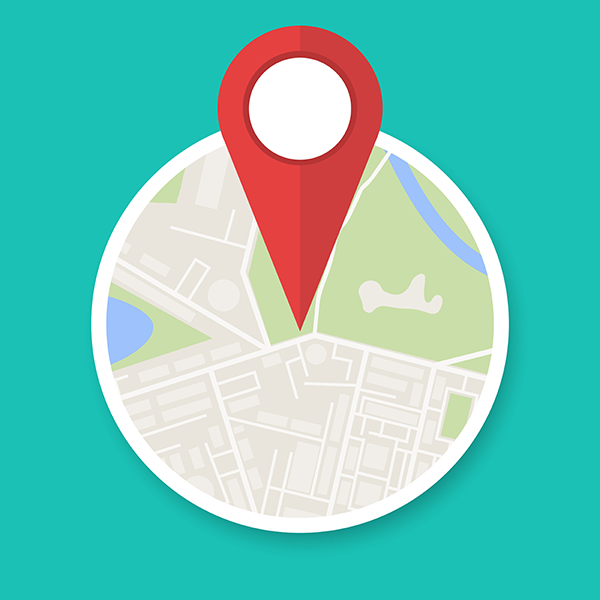Tips for Combining Mobile & Local

Like peanut butter and jelly and Batman and Robin, it's tough to talk about mobile without talking about local.
The two depend on each other as proved by Google, which reports half of consumers who conducted a local search on their smartphone visited a store within a day (compared to 34 percent on desktop computers).
Not only are mobile-local searchers closer to purchase, but they also want companies - particularly those advertising their products and services to them - to understand who they are and what goals they want to accomplish. For example, Google reports consumers prefer location-based ads and expect them to be relevant to their city, zip code or immediately surroundings.
There's a big difference, for instance, between the first ad in the screenshot below (from Marshalls that shows directions and click-to-call icons as well as a deep link for store locator) compared to the second and third that offer no local elements for a mobile searcher.
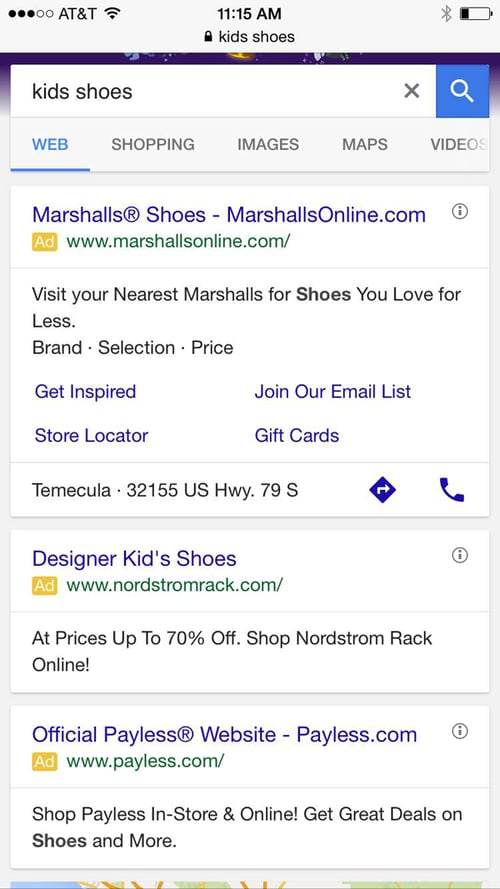
Tip: Include information that mobile searchers can use like address and phone number, as well as extensions that make them easier to interact with the info.
Since ads (like the ones shown above) take prominent placement in the local search engine result pages (SERPs), it's a good idea to mix organic search engine optimization (SEO) efforts with paid ones. Further, websites like Yelp, TripAdvisor and other directory-type sites are monopolizing the SERPs more and more, so brands will need to ensure their listings are accurate and up to date, because those listings might be the only representation of the brand a person sees before making a decision on where to spend their local dollars.
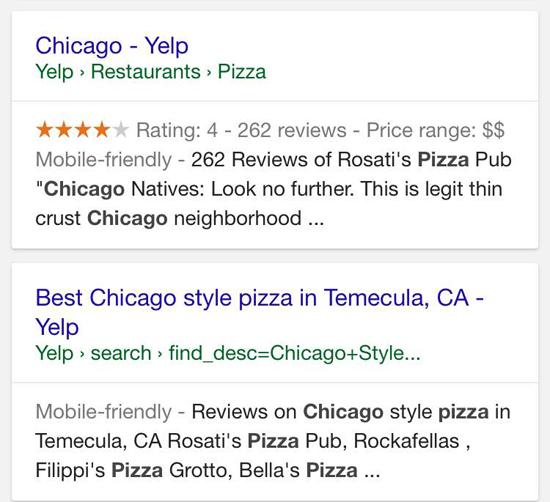
Tip: Use a listing management tool to ensure all directories have accurate and updated information.
If a mobile-local searcher gets to a website (although most search engine result pages contain enough information that those with local intent don't need to leave them to get what they need), businesses will need to present them with the info that is likely most important to them in that moment (e.g. contact info, address and hours).
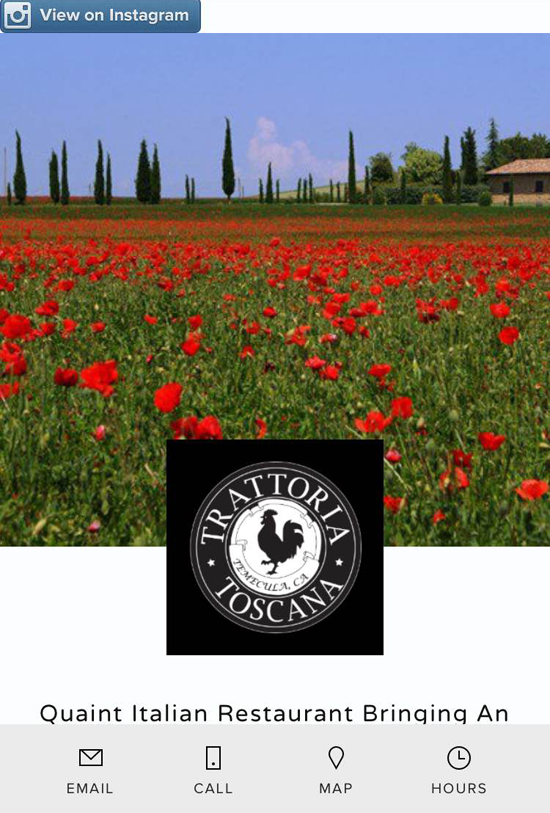
Tip: Prioritize homepage content to reflect what a mobile user would need to access a local business quickly.
What's more, social media networks are becoming a place where users search to find out more about a company. In the case of a restaurant, a user may want to see food pictures. The business website shown above is smart to use app-detection in that it recognizes the user has the Instagram app installed on his or her phone, and suggests opening up their company's profile with that app.
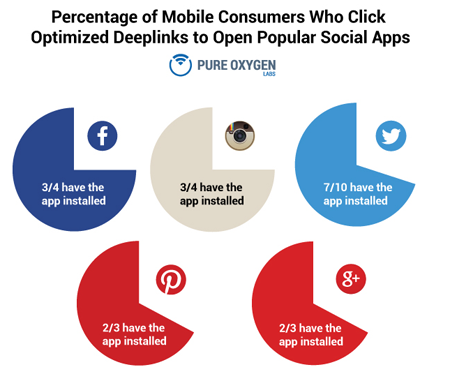
Tip: Leverage app-detection to offer users the opportunity to view the local company in an environment they are very familiar with, like Facebook or Instagram.
While these tips are just the tip of the digital iceberg, Website Magazine offers its Local Matters.


